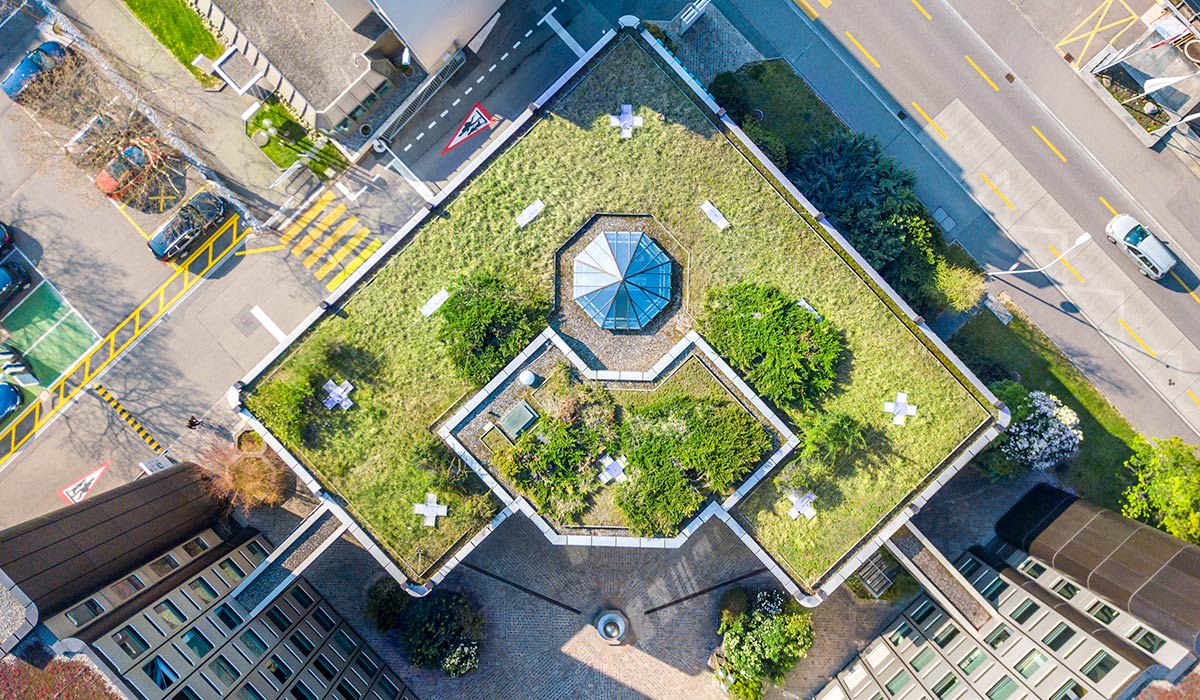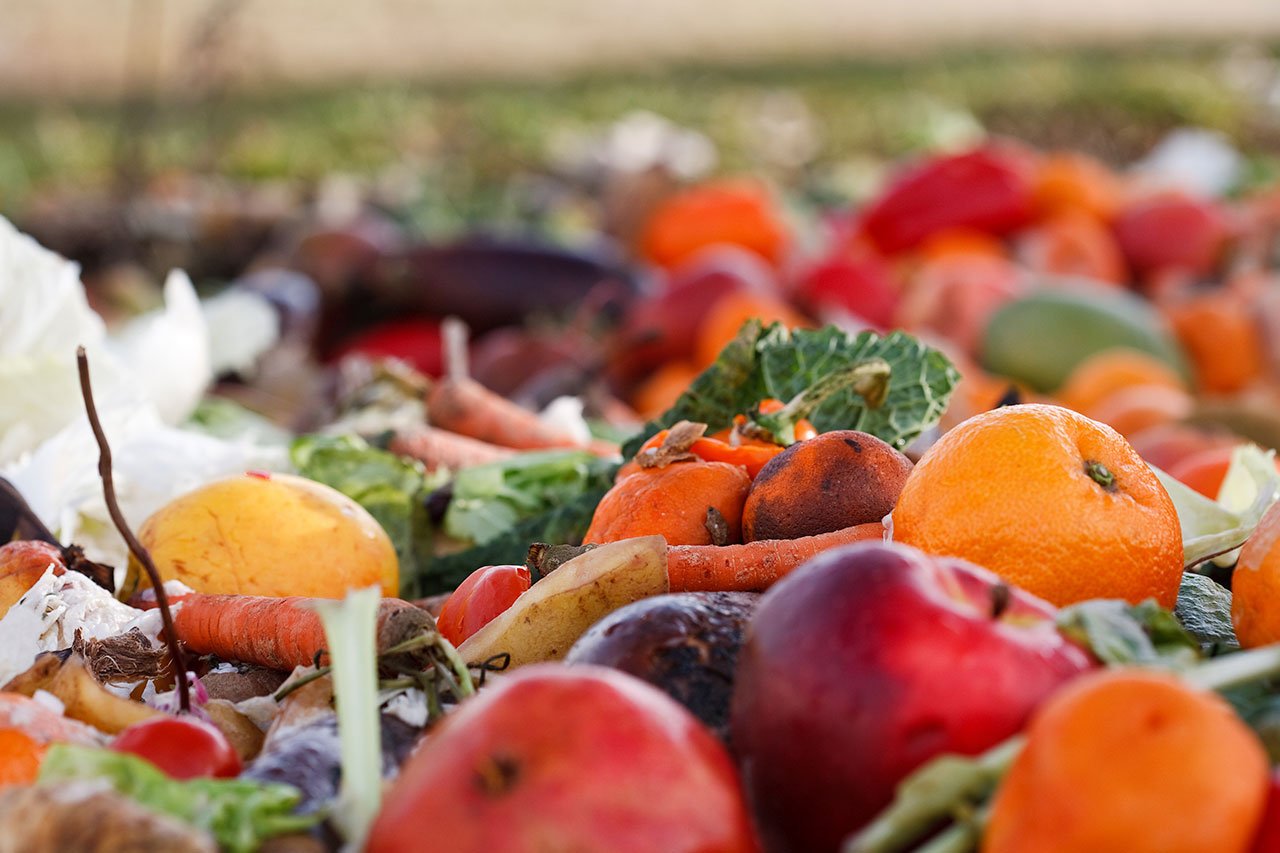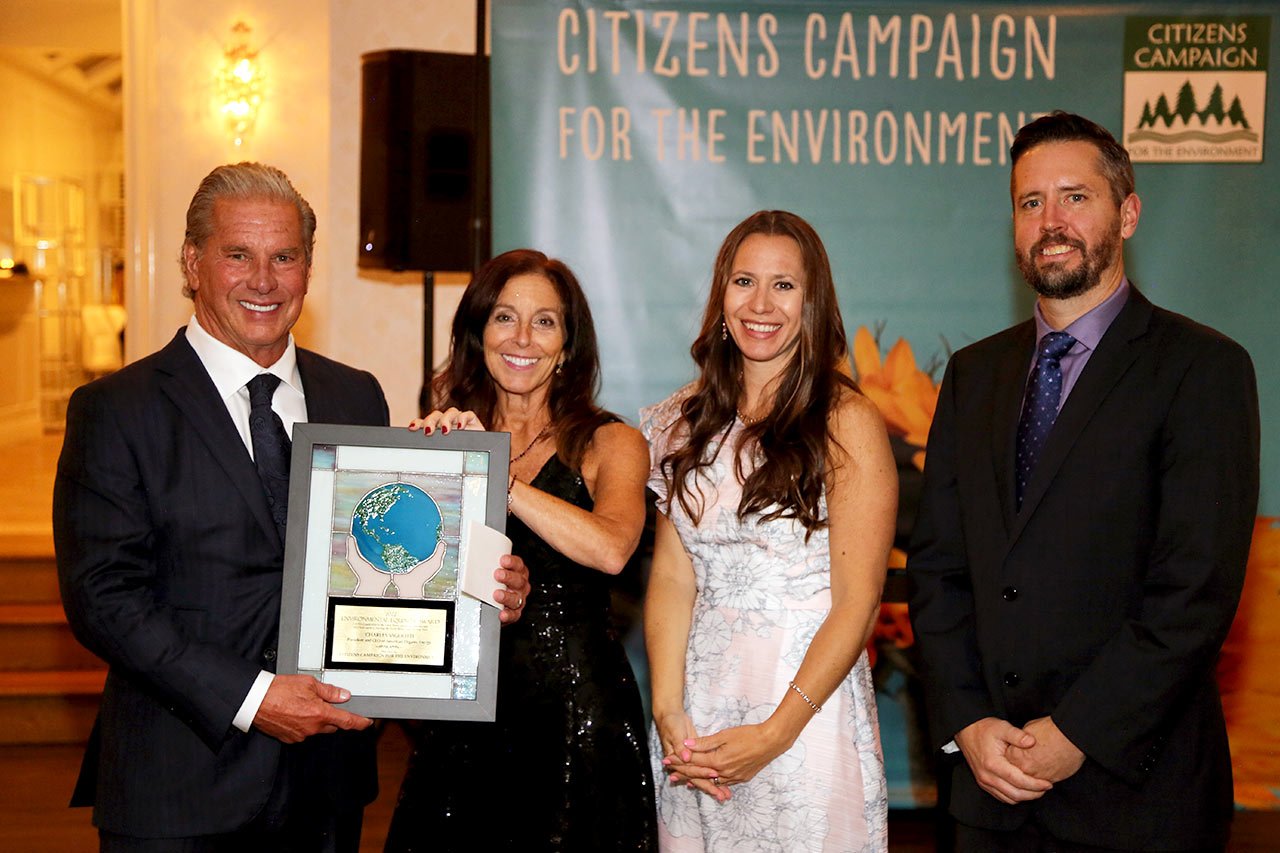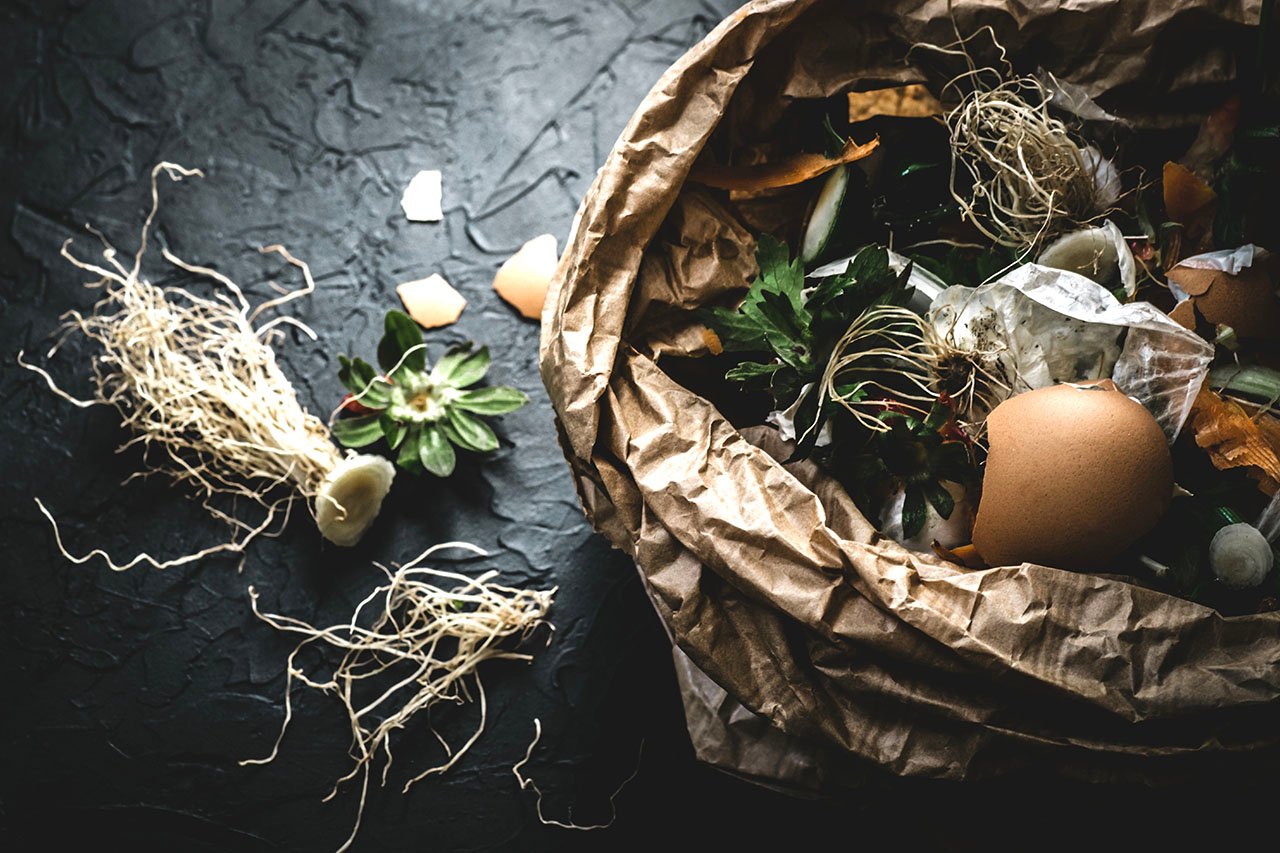Increasing concerns about the effects of climate change have fueled the rapid growth of the green roof industry. More and more cities and municipalities are implementing incentives and regulations to prompt green roofs and walls.
While advocates point to a host of potential benefits, including cutting costs, aiding stormwater management, improving air quality, reducing the urban heat island effect, and more, there is still pushback from property owners. However, with the right strategies, the advantages of green roofs far outweigh potential drawbacks.
Owner Objections & Concerns
Any proposed improvement project will have its naysayers. This is especially true when it requires a large investment.
For many property owners, the main objection to green roofs is the expense. Costs associated with the installation and maintenance of a green roof can add up. However, while green roofs may incur more out-of-pocket expenses, they can also yield significant savings by lasting longer than conventional roofs and reducing costs associated with energy and stormwater management, ultimately saving the property owner more money than they cost.
Another potential obstacle to green roof development is a lack of knowledge. Green roofs are common in many metropolitan areas, but some property owners remain largely unaware of their benefits.
To counteract some of the potential objections, New York City offers tax abatement for eligible properties with vegetation covering at least 50% of the roof, at least 80% of which must be made up of drought-resistant plants. Licensed professionals must also develop a four-year maintenance plan.
Effectiveness & Profitability
The performance and profitability of green roofs go hand in hand. The more effective the space is, the more money it saves. Green roofs can reduce energy consumption, aid stormwater management, improve photovoltaic panel performance, and last longer than alternative options, all of which enhance their cost-effectiveness.
According to “The Benefits and Challenges of Green Roofs on Public and Commercial Buildings” report by the U.S. General Services Administration, green roofs provide a payback in just 6.2 years based on the average annual savings over a 50-year period. The average ROI ranges from 220% for a 5,000-square-foot roof to 247% for a 50,000-square-foot roof.
Furthermore, green roofs can serve valuable marketing purposes by indicating a company’s commitment to the environment. Since many people value green space, installing a green roof may also enhance the property value. In one side-by-side comparison of condos in the same building, units with access to a green terrace that cost around $20,000 to install sold for an average of $69,000 more.
Beyond the direct benefits to the property owner, the community as a whole also stands to gain from green roofs. They can improve the air quality, reduce the urban heat island effect to lower summer temperatures, and control noise. Accessible roofs also add valuable green space that can be used for recreation or agriculture, while fostering biodiversity.
Installing a green roof may have minor drawbacks, but the potential benefits seem to far outweigh them, which may be why the industry is expected to grow from $1.24 billion in 2020 to 4.25 billion by 2028.
Ways to Maximize Potential
The average green roof more than pays for itself over its lifetime. However, careful design can maximize cost-effectiveness. The following methods can produce significant impacts:
- Use Durable Waterproofing: The longevity of most green roofs is limited by the waterproofing membrane, which typically breaks down after 30 years. Selecting the best membrane possible can help extend the roof’s lifespan, thereby limiting future expenses.
- Select Native Plants: Plants that grow locally usually have fewer irrigation and maintenance needs, so they may cost less to care for. As a bonus, local vegetation will also help support insects and birds native to your region.
- Choose Plants Carefully Based on Your Goals: Plants have different cooling effects depending on their photosynthetic strategies. Some cool more during the day and others at night. Selecting a combination of plants based on your objectives can help ensure the green roof achieves its intended purpose.
The persistent threat of climate change coupled with the expansion of cities to accommodate a growing population necessitates major changes. While green roofs may seem like a progressive option today, they may become essential moving forward. Many cities already recognize how green roofs can cut costs and improve lives, and this awareness is likely to grow exponentially in years to come.
Contact Long Island Compost today to learn more about saving money and the environment through green roofs.
